To the average American, maybe not a musician, maybe just a regular person like you or like me the musical instrument called the banjo brings up certain images to mind.
It might be seen as a primarily “white” instrument or snickers and uncomfortable grins flash as someone intones that musical phrase from the movie Deliverance. Hicks, hillbillies, bluegrass and country music perhaps.
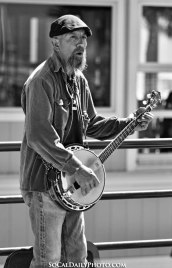
However, the banjo is actually a descendant of African musical instruments, and was created in the American and Caribbean colonies by African slaves and occupied a central place in African American traditional music. It made its way into white music when slaves interacted with white sharecroppers and their music melded.
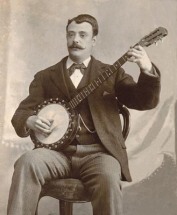
“…and their music melded”. That is a very polite phrase. Institutionalized slavery in America “melded” Africans and colonial whites in particularly violent ways. That phrase is also polite. When you have a literal master/slave relationship you must be aware of the dynamics present in any “cultural exchange”. Africans brought their knowledge of their own musical instruments to America and the Caribbean and modified them and created unique versions of them with the different materials at hand. Which were then co-opted by their white masters. Politely speaking.
Blackface minstrelsy had its beginnings in the 1830s, when minstrel musical acts appeared as interludes in an evening’s theatrical entertainment or as one act in a circus. In 1843 four performers banded together in New York and put on the first full-scale minstrel show. They were a big hit, spawning many imitators and initiating what was to be the most popular of popular entertainments for the next forty years. One of the most important factors in this popularity was the music, for the minstrel show was primarily a musical event.
It would be hard to overestimate the impact of the minstrel show on nineteenth-century American musical culture. It had a great influence on musical theater and on popular song, including ragtime.
Many of its songs entered the oral tradition. It introduced the banjo, previously a black folk instrument, into white culture on a large scale, both as a folk and as a parlor instrument. The banjo/string-band tradition in general owes much to the early minstrel show.
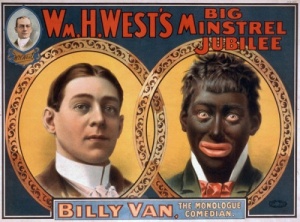
The negative side of the minstrel show’s impact was its racism. The minstrel show helped create or reinforce negative stereotypes of blacks that have plagued American society ever since.
*
[The above] instrument is a derivation of the African xalam, and was developed by African slaves who brought their culture with them when they arrived in Virginia. This particular banjo was used by an African American family from Smyth County in the 1800s. No Virginia banjos from the 1600s or 1700s survive today.
*
Lutes made from gourds have been commonplace in Africa for at least a millenium, and it was these lutes that inspired the banjo. Instruments like the kora, xalam and akonting.
The kora is a 21-stringed harp played by the Mandinga people of West Africa.
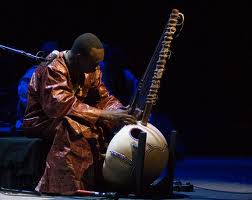
Xalam, also spelled khalam, is the Wolof (A language of Senegal, the Gambia, and Mauritania) name for a traditional stringed musical instrument from West Africa.
The akonting is the folk lute of the Jola people, found in Senegal, Gambia, and Guinea-Bissau in West Africa. It is a banjo-like instrument with a skin-headed gourd body, two long melody strings, and one short drone string, akin to the short fifth “thumb string” on the 5-string banjo.
The Akonting is basically a gourd, cut in half, with a hide stretched over it and a long handle, or neck inserted through the gourd. This neck is called by the Jola, a “banja” and is likely the origin of the name of the banjo as well. Strings were usually taken from a particular vine or could be horse hair or gut. It’s sound is very much like that of later banjos. Today there are only about 20 players of this instrument, most in Gambia. Youtube video of advanced akonting playing by Ekona Jatta, Gambia (2003).
*
The banjo is considered by some to be the only uniquely american musical instrument. The history and journey and story of its creation, cultural impact and modern use today is also very uniquely American.
Rhiannon Giddens, banjo player, The Carolina Chocolate Drops


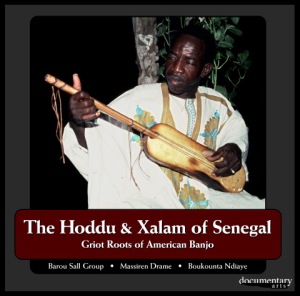
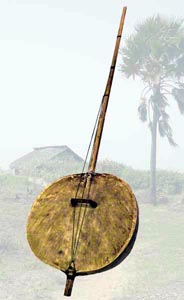
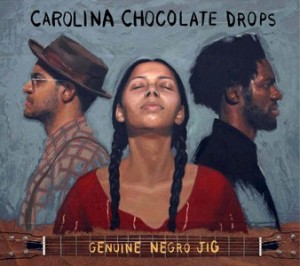




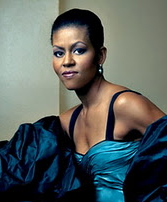


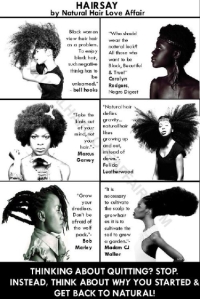






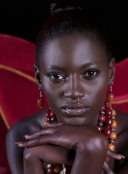

I didn’t know about the banjo’s history, but it doesn’t surprise me! I grew up in South Carolina and everything people typically think about as being a part of South Carolina’s “white” heritage really originated in slave culture, from food to hymns. It’s so interesting to think about how much of this history isn’t widely known. Thanks for sharing!
You are very welcome, kayfil!
That’s a very good post – thanks for the new perspective.
You are most welcome, and thank you for stopping by!